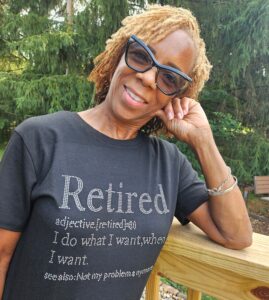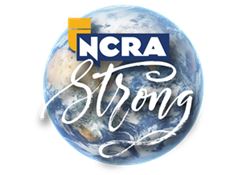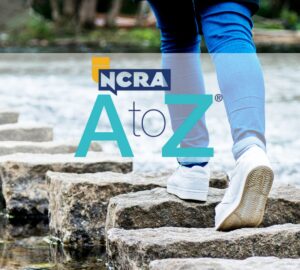Realtime is so invaluable according to the Hon. Joseph C. Adams, Administrative Judge for the Family Division of the York County Court of Common Pleas, York, Pa., who has employed the service for the past several years in both his courtroom and his chambers, that he has recently started to offer training through the state’s bar association to attorneys. In an interview with the JCR, Judge Adams recently shared his insights about the road to establishing realtime in the courtroom including the obstacles sometimes faced as well as the many benefits it offers.
How did you learn about realtime?
I first learned about realtime from our stenographers. My county currently employs 18 stenographers and, without exception, they are all interested in providing maximum value to the court and litigants. Realtime is just one example of that.
How long have you been using realtime in your courtroom?
I have been using it for several years now and I am constantly coming up with new workflows to incorporate it into disposition of matters before me.
When you decided to set up realtime in your courtroom, what obstacles did you face?
The biggest obstacle was getting a secure and reliable connection. Our stenographers use a router to transmit realtime and some of the routers that were being used were past their prime. We have now rectified that problem. Occasionally, as routers sometime do, we will lose a connection but it is usually short-lived and then it’s up and running again.
How was realtime received by attorneys in your courtroom?
It has been difficult to get attorneys to use new technology – not just realtime. I am a big advocate of using technology to assist lawyers in the practice of law. The ones who have actually used it have commented on how beneficial it is. It has been a slow adoption rate, but we only recently did training through our local bar association. I am hopeful that more attorneys will use it now that the word is out on how beneficial and easy it is to use.
What does the training you set up for attorneys consist of?
As mentioned, we recently did a training through our local bar association on how to use realtime in the courtroom. Because it is so simple to use, the training only took 20-25 minutes. I also have prepared a screencast for attorneys who were not able to make it to the training.
What are the greatest benefits of having realtime in the courtroom?
Simply put, realtime is invaluable. I use it both inside the courtroom and in chambers. In the courtroom, I am able to see what exactly was said, and I am able to refer back to previous testimony when needed. The search function is great for such occasions. I also use the issue codes for easy referral. I do a fair amount of custody cases and under Pennsylvania law we have numerous factors that we must consider in deciding the best interest for the child. I have set up these factors under the issue codes. Once the trial is complete, I run a report on the issue codes and use the report in writing the opinion.
What advice would you give to other judges interested in setting up realtime in their courtrooms?
First, don’t be afraid to try it. Like I said, many people are hesitant to try new things especially as it relates to technology. Once you start using it, you will quickly find how useful it is.
The Hon. Judge Adams received his B.S. from Elizabethtown College (Business). He obtained his J.D. from the University of Dayton School of Law. Before his election to the Court of Common Pleas, Judge Adams was a Senior Deputy Prosecutor in the York County District Attorney’s Office Child Abuse Unit. After his departure from the District Attorney’s Office, he became a partner/shareholder with CGA Law Firm in York practicing in the firms’ family law and civil litigation sections. He has served as a solicitor for the York County Clerk of Courts office and as a court-appointed mediator. He currently serves as President of the York County Bar Association and is a Past President of the Herbert B. Cohen Inn of Court. Judge Adams is a past recipient of the Richard E. Kohler Civility and Ethics Award















